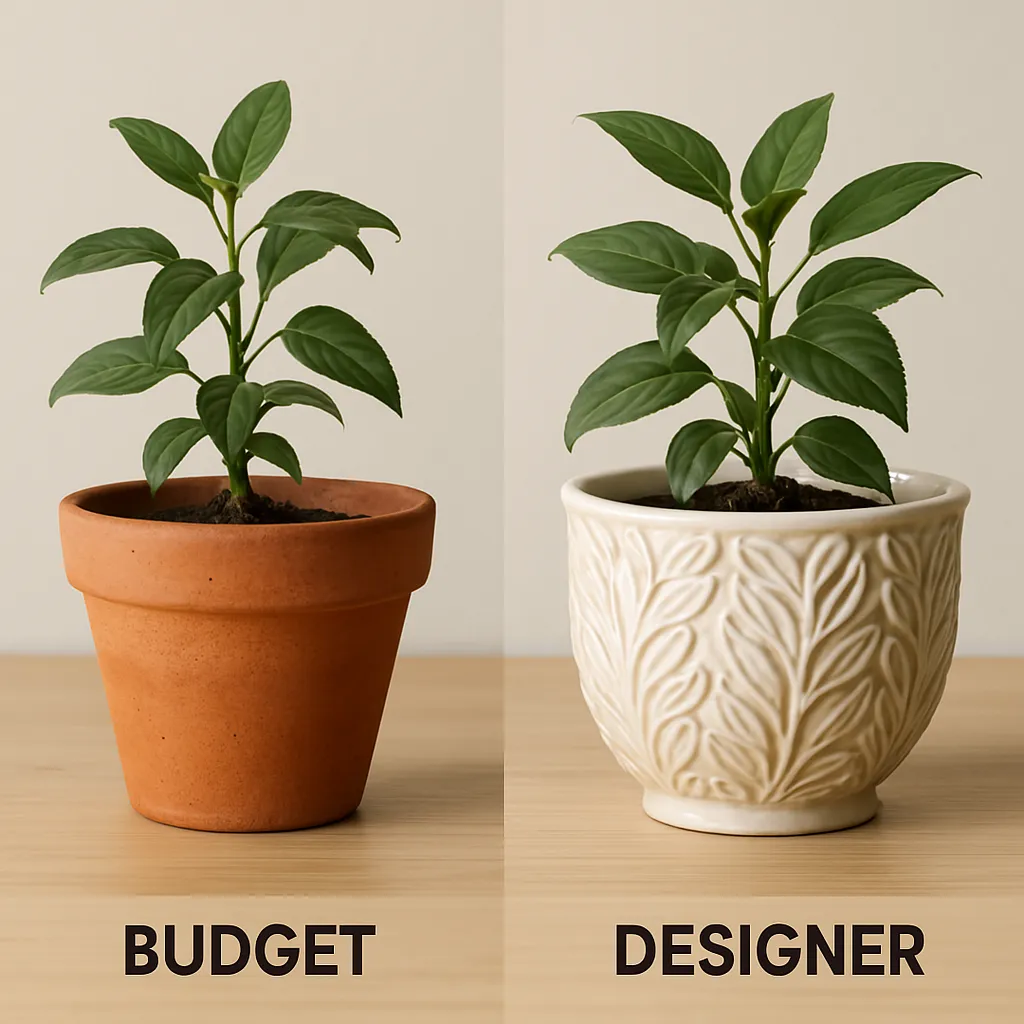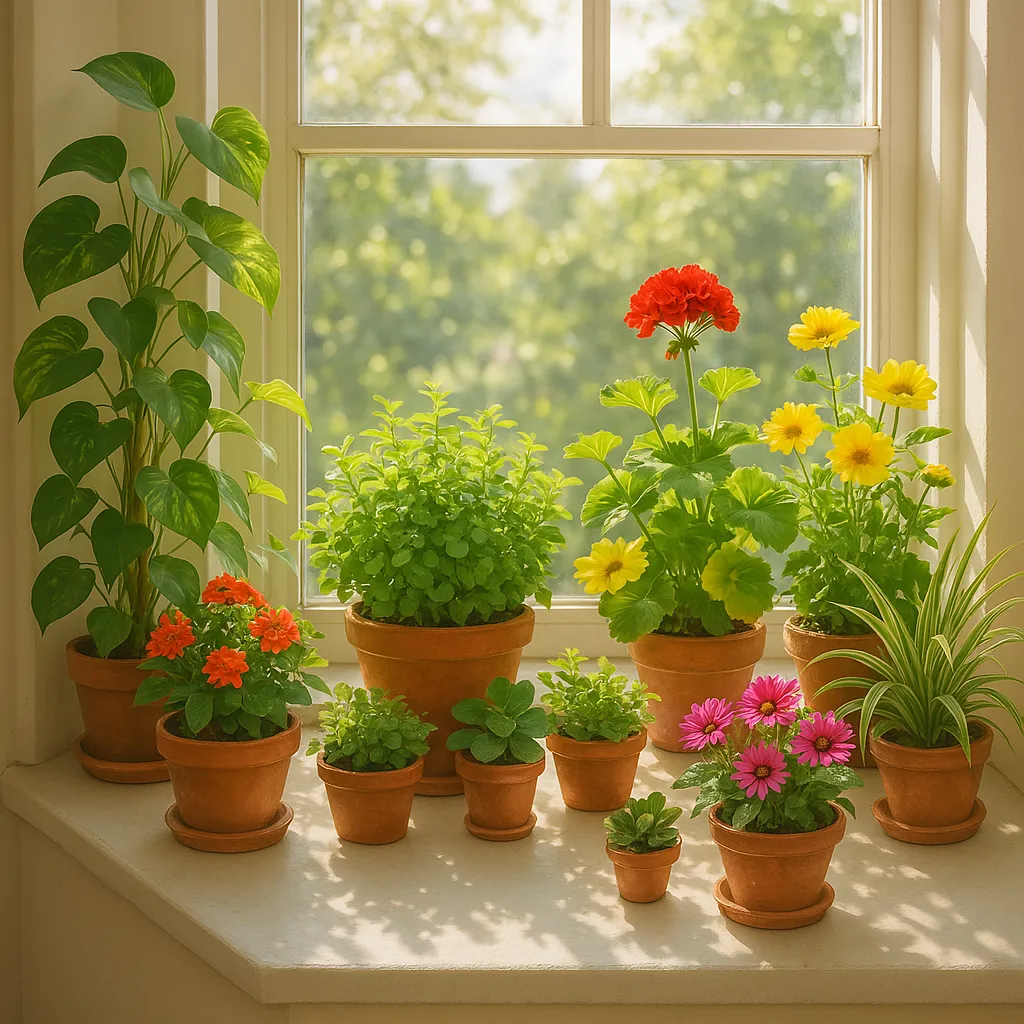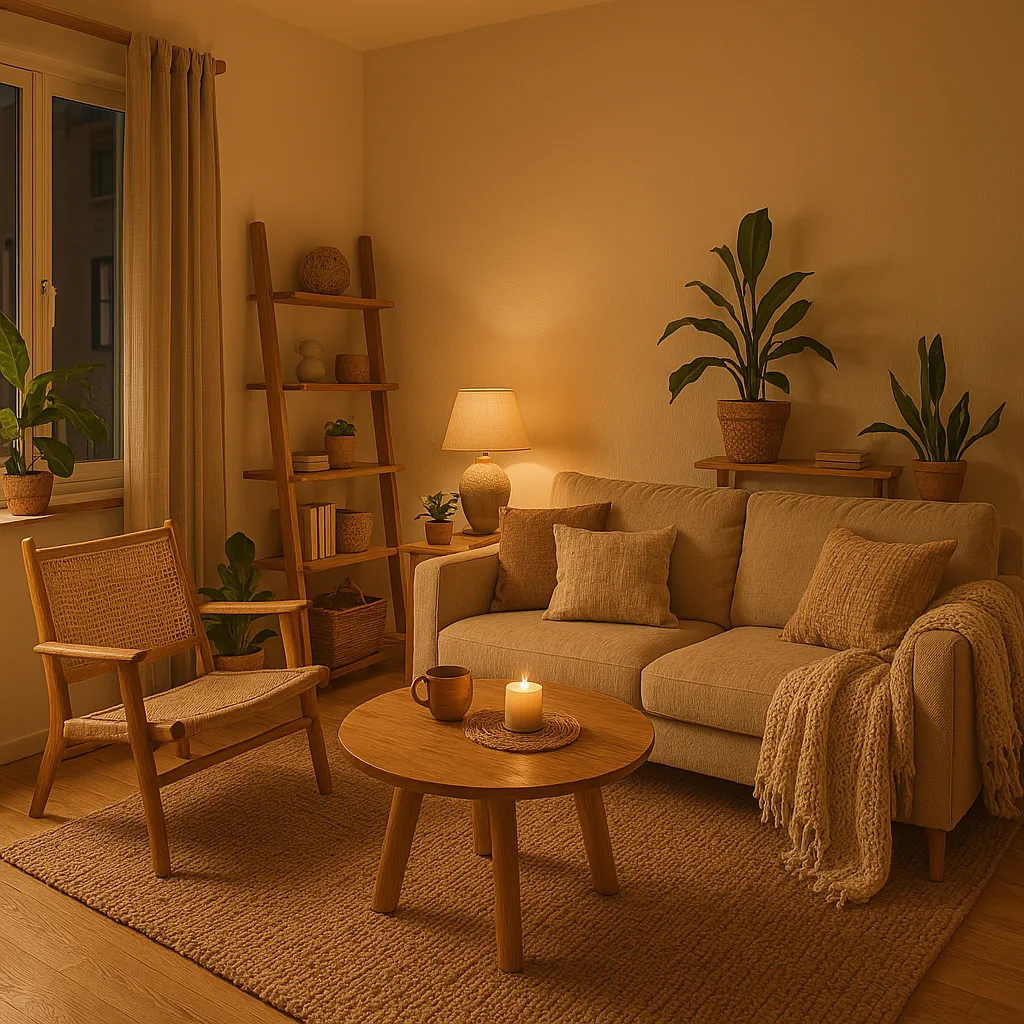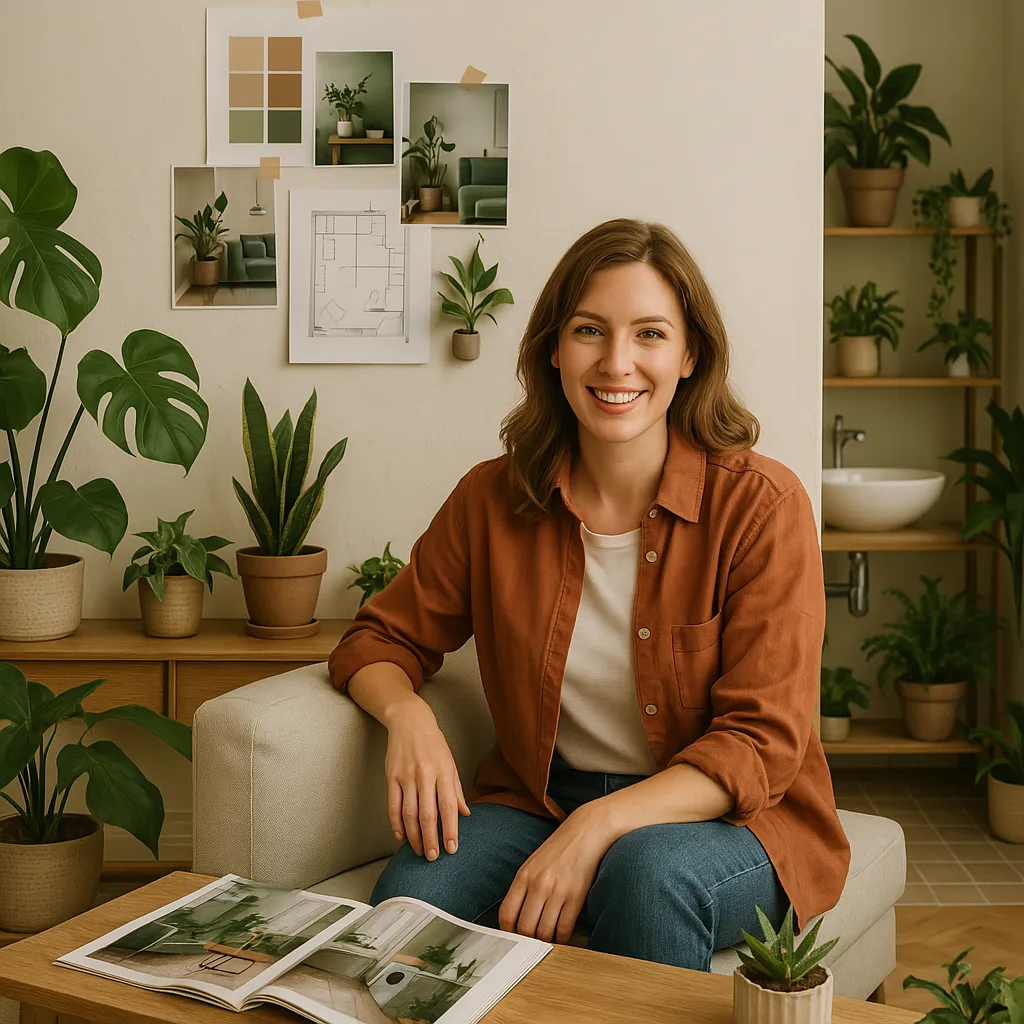
Ivy L.
Indoor Gardening & Plant Care
Introduction: Bringing Nature to Your Shelves
If you’ve ever wished for a little more green in your life but felt limited by space—or maybe you’re not sure where to start—styling plants on shelves might be your perfect solution. Whether you have a single bookcase, a few floating shelves, or a picture ledge above your desk, these surfaces are brimming with potential for a touch of nature. As someone who’s spent years transforming compact apartments into calming retreats, I can tell you: you don’t need a sprawling garden (or even a green thumb) to enjoy the beauty and benefits of indoor plant styling.
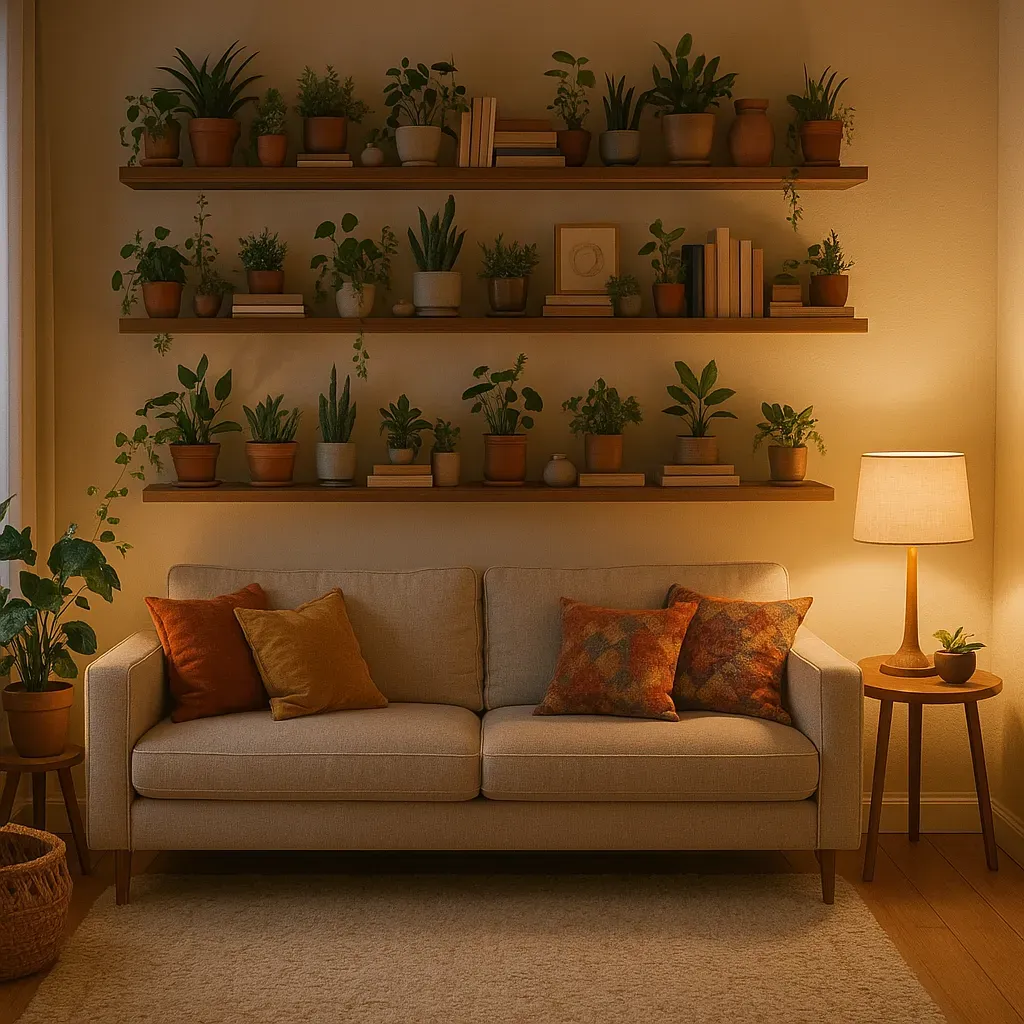
Plants for shelves are more than just décor—they’re a gentle way to soften hard lines, add color, and create a sense of calm in any room. Even the smallest apartment can feel more inviting and alive with a few well-placed leaves. Plus, bringing greenery indoors has been shown to boost mood, improve air quality, and help us feel more connected to nature—something we could all use a little more of, especially in urban spaces.
In this guide, I’ll walk you through beginner-friendly tips for apartment gardening, from choosing the right plants for shelves to arranging them in ways that suit your style and space. No experience required—just a willingness to experiment and a love for making your home feel like your own personal sanctuary.
Choosing the Right Plants for Shelves
When it comes to styling shelves with greenery, picking the right plants is half the fun—and the secret to long-lasting success. Not every plant is suited for life on a shelf, especially in apartments where light and space can be limited. Here’s how I approach it as both a designer and a fellow plant lover:
1. Size Matters: Look for compact plants that won’t outgrow their spot too quickly. Small pots (think 10-12cm diameter) are perfect for bookcases and floating shelves. This keeps your display tidy and makes rearranging a breeze.
2. Light Requirements: Before you fall in love with a plant, check how much light your shelf actually gets. Is it near a bright window, or tucked in a cozy, shaded nook? For shelves with moderate to low light, opt for low light small houseplants like the classic ‘snake plant’ (Sansevieria), ‘ZZ plant’ (Zamioculcas zamiifolia), or a petite ‘peace lily’. These are forgiving and thrive even in UK apartments where sunlight can be scarce.
3. Trailing Potential: Trailing plants for shelves indoor are my go-to for adding softness and movement. Varieties like ‘string of hearts’ (Ceropegia woodii), ‘mini pothos’ (Epipremnum aureum), and heartleaf philodendron (Philodendron hederaceum) are beginner-friendly and look stunning as they cascade down. If you’re new to plant care, these are some of the best compact plants for bookcases—they’re resilient and don’t mind a missed watering now and then.
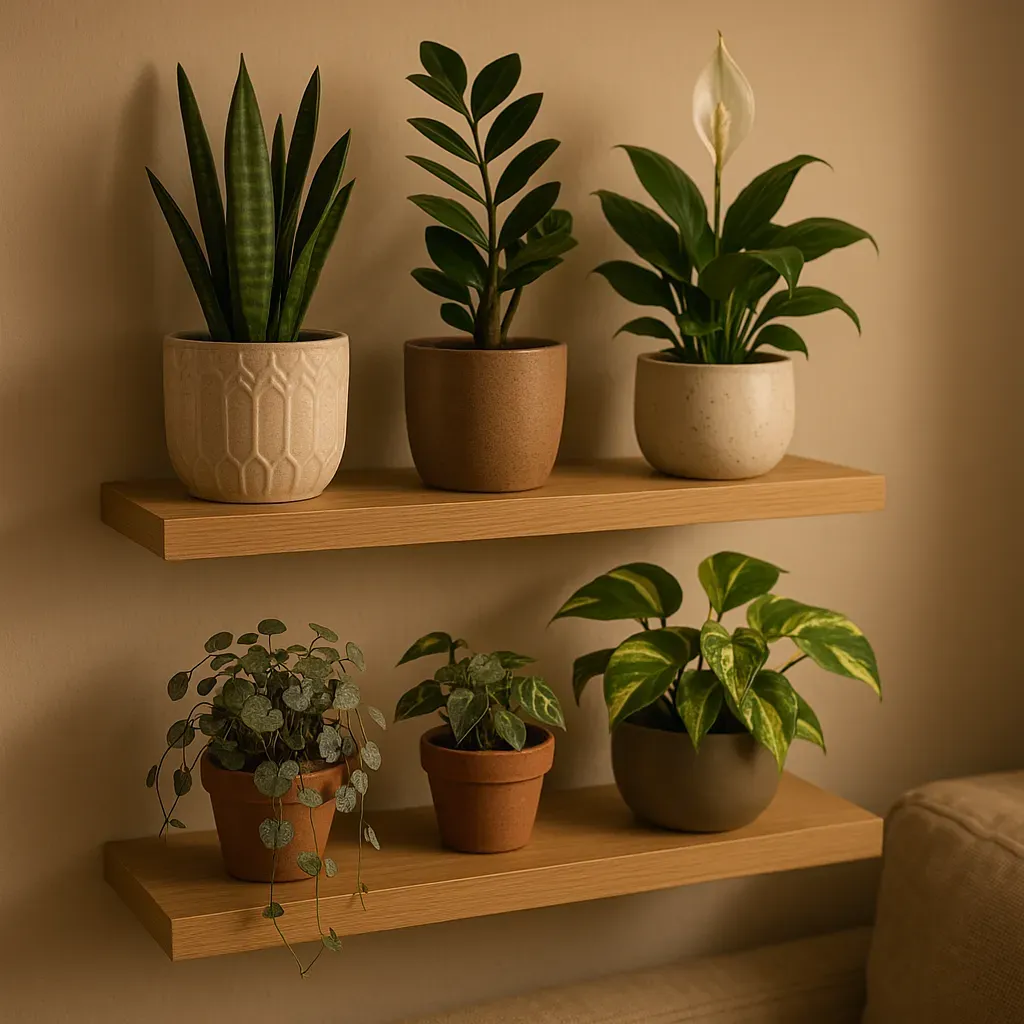
Quick Tip: To assess your shelf’s light, try the hand shadow test: hold your hand about 30cm above the shelf at midday. A sharp shadow means bright light, a blurry one means medium, and barely any shadow means low light. Match your plant choices to these conditions for the happiest results.
Remember, the best plant for your shelf is one that fits your lifestyle and space. Start with one or two easy-care varieties, and let your collection grow as your confidence does. If you’re curious about more options, check out my favorite low light small houseplants UK list in the resources below!
Selecting Pots and Accessories: Style Meets Function
When it comes to curating a shelf display that feels both intentional and inviting, the right pots and accessories make all the difference. I always recommend starting with a mix of materials—think classic terracotta pots (especially the small indoor sizes), smooth ceramics, and woven natural baskets. This blend not only adds warmth and texture but also helps your mini plant pots for shelf display stand out as little works of art.
Terracotta pots are a timeless choice: they’re affordable, breathable for roots, and their earthy tones pair beautifully with greenery. For a more modern or minimalist look, a neutral ceramic plant pots set can create a cohesive, calming vibe—perfect for renters or anyone who loves a clean aesthetic. If you’re drawn to a boho feel, try grouping a few plants in small baskets or textured planters for a relaxed, layered effect.
If you love a pop of color and a touch of elegance, consider the T4U 6cm Ice Crack Serial Ceramic Succulent Plant Pot Set of 6, which are perfect for baby succulents or cacti and add a unique, artistic flair to your display.
For DIY enthusiasts or those who love a classic look, mini terracotta plant pots are a great choice—they’re also fun for craft projects or party favors.
Don’t forget the practical side! Self-watering pots are a lifesaver for busy schedules or forgetful waterers, and plant saucers for shelf protection are a must to prevent water stains or damage—especially on wood or painted surfaces. I like to tuck clear or matching saucers under each pot for a seamless look.
Mixing textures is key: pair a glossy ceramic with a matte terracotta, or a woven basket with a smooth planter. This creates visual interest and makes your shelf feel thoughtfully styled, not cluttered. And remember, you don’t need to splurge—many budget-friendly options are available at local garden centers, home stores, or even thrift shops. Start with a few favorites, and let your collection grow as your space (and confidence) does.
Arranging Your Plants: Design Tips for Visual Balance
Styling your shelves with plants is a bit like composing a piece of art—there’s a gentle science to what feels harmonious. Here’s how I approach bookshelf styling accessories and floating shelves for plants and books, using a few tried-and-true design principles that anyone can master.
1. Start with the Rule of Thirds
Imagine your shelf divided into three equal sections, both horizontally and vertically. Place your most eye-catching plant or decorative object (like a textured vase or a boho shelf décor set) off-center, at one of these intersection points. This creates a natural focal point and keeps the arrangement from feeling too rigid.
2. Embrace Odd-Numbered Groupings
Odd numbers are your friend! Grouping plants and accessories in threes or fives feels more dynamic and less staged. For example, try a trio: a trailing pothos, a stack of books, and a small ceramic animal. Vary the heights for extra interest—think tall snake plant, medium-sized peace lily, and a petite succulent.
3. Layer for Depth and Texture
Don’t just line everything up. Place taller plants or objects at the back, medium ones in the middle, and the smallest up front. This layering adds depth, making your shelf look lush and intentional. Mix leaf shapes—pair the broad leaves of a monstera with the delicate fronds of a fern and the sculptural lines of a ZZ plant.
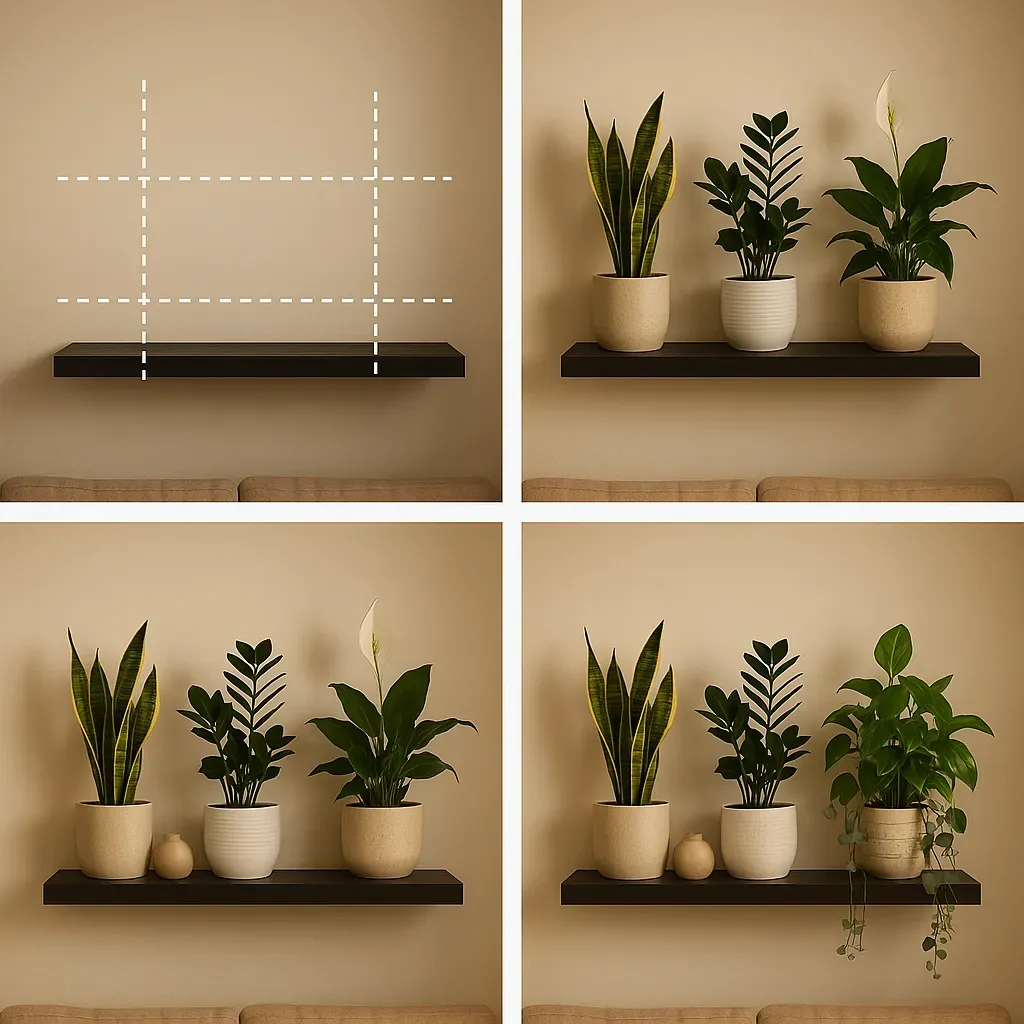
Step-by-Step Shelf Styling:
- Clear your shelf and gather your plants, books, and accessories.
- Start with your largest plant or anchor object, placing it off-center.
- Add books either stacked or upright, using them as risers for smaller plants.
- Fill in with smaller plants and decorative accents, remembering to group in odd numbers.
- Step back and adjust—swap items around until the arrangement feels balanced but not too symmetrical.
Pro Tips:
- Mix materials: Pair terracotta pots with woven baskets or glass jars for a boho shelf décor set vibe.
- Use floating shelves for plants and books to free up floor space and create vertical interest.
- Don’t be afraid to experiment! Sometimes the most charming displays come from a bit of playful trial and error.
Remember, your shelf should reflect your personality and bring you joy. If something feels off, trust your eye and rearrange until it feels just right. Happy styling!
Avoiding Overcrowding: Giving Plants Room to Thrive
It’s tempting to fill every inch of a shelf or bookcase with greenery—trust me, I’ve been there! But just like us, plants need a little personal space to truly flourish. Overcrowding can block airflow, limit light, and even invite pests or disease. Here’s how I keep my plant displays both lush and healthy, even in the coziest corners:
First, consider the mature size of your plants. Compact varieties like peperomia, pilea, or the ever-charming string of pearls are some of the best compact plants for bookcases and shelves. They stay petite, making them perfect for tight spots without outgrowing their welcome.
When arranging, leave a few inches between pots—think of it as giving each plant its own spotlight. This space allows air to circulate, which helps prevent mold and keeps leaves dry. It also ensures every plant gets its fair share of light, especially important for those lower-light plants that thrive on shelves.
Editing is your friend! Every few weeks, I take a step back and assess my plant displays. If a shelf is starting to look crowded, I’ll rotate a few plants to another spot or temporarily move one to a windowsill for a little vacation. This not only keeps your plants happy but also refreshes your décor.
Remember, a thoughtfully spaced arrangement can make your collection look intentional and serene—no sprawling jungle required. If you’re working with limited room, focus on quality over quantity. A single, well-placed plant can have just as much impact as a crowded cluster. And if you’re ever unsure, err on the side of a little extra breathing room—your plants (and your shelves) will thank you!
Lighting and Placement: Keeping Your Shelf Garden Happy
One of the biggest challenges for apartment gardeners is making sure your shelf plants get enough light—especially if your windows are small or your space faces away from the sun. But don’t worry, you don’t need a sun-drenched loft to keep your leafy friends thriving! Here are some beginner-friendly, budget-conscious ways to light up your shelf garden:
1. Clip-On Grow Lights for Bookshelves
Clip-on grow lights are a game-changer for plant lovers with limited space. They’re easy to attach to most shelves and can be angled to shine directly on your plants. Look for models with adjustable arms and full-spectrum bulbs—these mimic natural sunlight and help everything from pothos to succulents flourish. Bonus: many are under $30 and use energy-efficient LEDs.
2. Shelf-Safe LED Strip Lights for Plants
If you want a sleek, almost invisible solution, try LED strip lights designed for plants. These can be stuck underneath shelves or along the back edge, providing even, gentle light for your greenery. Make sure to choose waterproof or moisture-resistant strips to protect your shelves from accidental splashes during watering.
3. Daylight Bulbs and Decorative Plant Shelf Brackets
Standard daylight bulbs (labeled 5000K-6500K) in a nearby lamp can also boost light levels. Pair them with decorative plant shelf brackets to create a stylish, functional display—think of it as jewelry for your plant shelf! Just ensure the lamp is close enough for your plants to benefit, but not so close that it causes heat stress.
4. Safe Positioning and Water Damage Prevention
Always position lights so cords are tucked away and not dangling where they could get wet. Use trays or coasters under pots to catch drips, and consider lining your shelves with a waterproof mat or clear shelf liner. This simple step protects both your furniture and your walls from water stains and mold.
With these easy lighting upgrades, even the shadiest corner can become a lush, happy plant nook. Start small—maybe with a clip-on grow light for your bookshelf—and watch your indoor jungle thrive, no matter where you live!
Conclusion: Start Styling Your Own Living Shelf
Bringing a touch of nature indoors doesn’t require a sprawling garden or a hefty budget—just a little creativity and a willingness to experiment. Whether you’re working with a single floating shelf or a whole bookcase, adding plants can instantly breathe life, color, and calm into your space. Remember, even the smallest green addition can transform a room’s mood and make your home feel more welcoming and serene.
I hope you feel inspired to start styling your own living shelf, no matter your experience level or the size of your apartment. If you’re looking for more beginner-friendly plant care tips or ideas for small spaces, feel free to explore other posts here on Nature Nooks. And if you’ve created a shelf you love, I’d be thrilled to see it—share your transformation in the comments or tag us on social media. Let’s keep growing together!
